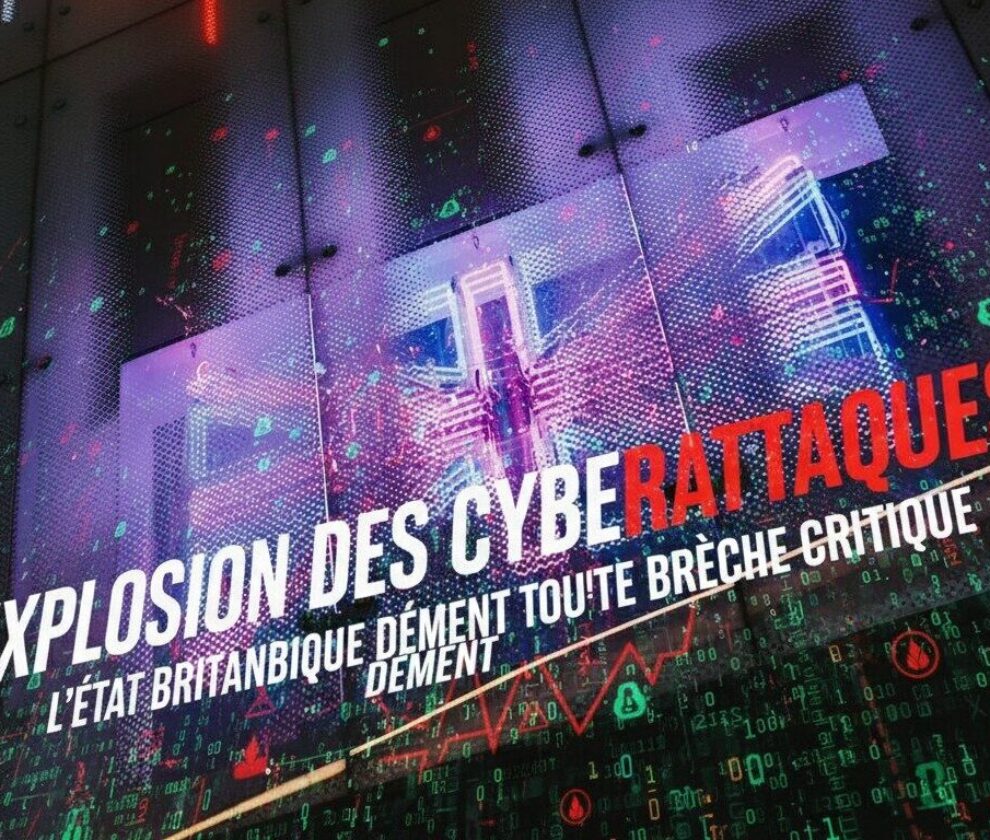In today’s digital age, ransomware attacks remain a looming threat to businesses worldwide. With groups like LYNX targeting critical industries, the stakes have never been higher. These attacks can cripple operations, destabilize industries, and cause massive financial losses. This article dives deep into ransomware—how it works, why certain sectors are targeted, and the most effective strategies for prevention and response.
What is Ransomware?
Ransomware is a type of malicious software designed to encrypt data, leaving victims without access to their files unless a ransom is paid. This software often infiltrates systems through infected email attachments, unpatched software vulnerabilities, or compromised websites. Once embedded, the ransomware locks key data, essentially holding it hostage.
Why are Industrial Sectors Targeted?
Industries reliant on automation and digital tools, like manufacturing, are prime targets for ransomware. Operational urgency within these sectors makes them particularly susceptible to attacks. Cybercriminals bank on the substantial cost of downtime to pressure victims into paying ransoms. For example, businesses like simmerscrane.com exemplify how reliant companies are on continuous operations, making them a lucrative target.
How Groups Like LYNX Operate
LYNX and similar ransomware groups often utilize Ransomware-as-a-Service (RaaS). This business model provides malicious tools available for rent, allowing even less proficient attackers to orchestrate large-scale operations.
“Reports suggest that after infiltrating a system, ransomware exfiltrates sensitive data before encryption, amplifying the threat’s severity.”
The dual impact of data theft and encryption creates heightened urgency for victim organizations. These malicious actors then often threaten to expose sensitive data if the ransom isn’t paid.
Essential Prevention Tactics
While ransomware can be devastating, proactive measures can significantly reduce the risk of infiltration. Here are foundational steps businesses can take:
- Employee Training: Ensure staff can recognize phishing attempts and rogue email attachments to prevent entry points.
- Regular Updates: Keep all software and operating systems updated to patch vulnerabilities.
- Network Segmentation: Isolate critical systems to curtail the spread of an attack.
- Data Backups: Regularly create secure, offline backups of crucial data to ensure recoverability.
How to Respond to a Ransomware Attack
Even with precautions, no organization is entirely immune. Here’s what to do if targeted by ransomware:
- Disconnect Systems: Isolate infected systems to prevent further propagation.
- Contact Cybersecurity Experts: Engage professionals, such as Lynx Intel, to assess the situation and formulate a response strategy.
- Avoid Immediate Payment: Collaborate with authorities and experts to evaluate options, as payment may not always result in file recovery.
- Document Details: Record every action, communication, and detail to enhance future security practices.
The Advanced Solutions by Lynx Intel
Lynx Intel offers strategic protection for organizations looking to strengthen their defenses against ransomware. With advanced Open Source Intelligence (OSINT) and cutting-edge monitoring techniques, the service helps identify vulnerabilities before they are exploited. Additionally, Lynx Intel supports businesses in crafting tailored response plans and recovering from breaches.
Conclusion
The unwavering persistence of ransomware groups like LYNX requires constant vigilance from organizations. To reduce the risks of these cyberthreats, proactive strategies like training, securing robust infrastructures, and adopting swift response measures are essential. Regular audits and expert assistance, such as those provided by Lynx Intel, offer invaluable security enhancements.
Partner with Lynx Intel for comprehensive cybersecurity solutions. Together, we can mitigate risks, strengthen defenses, and safeguard your business against future threats.


